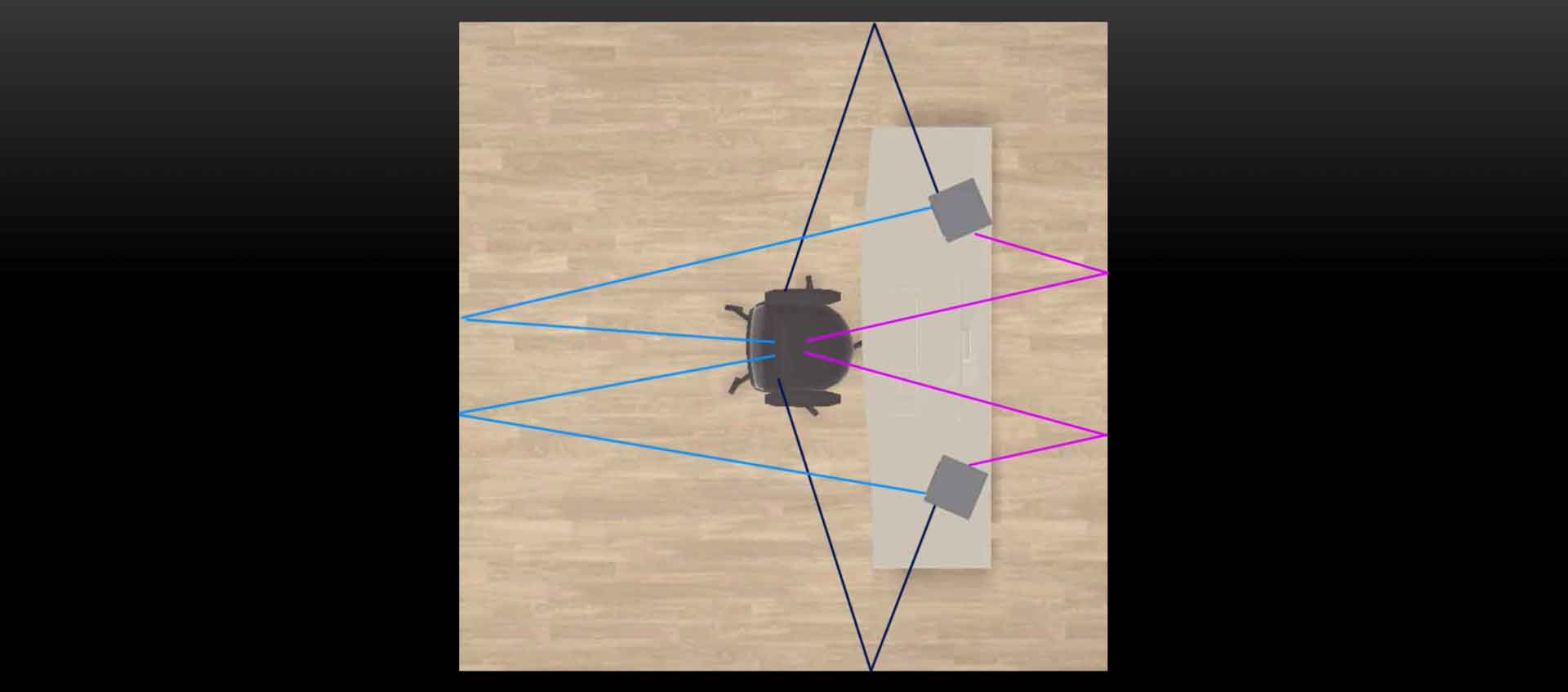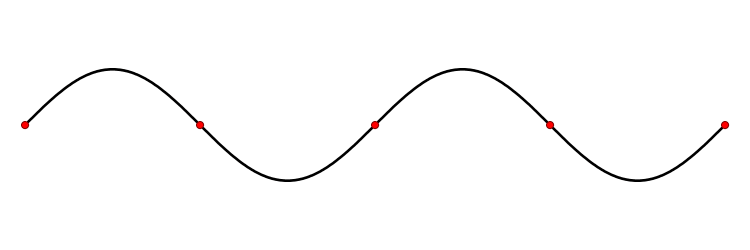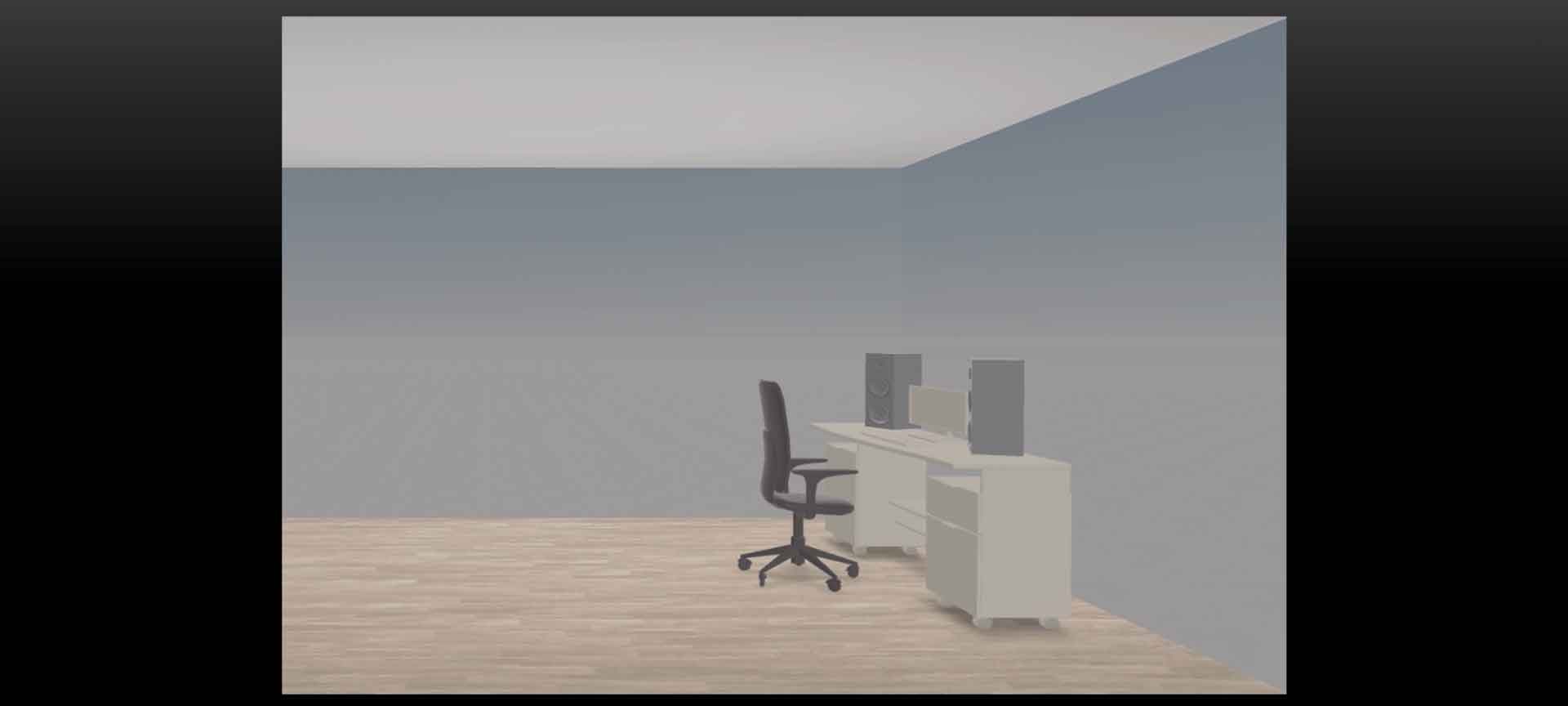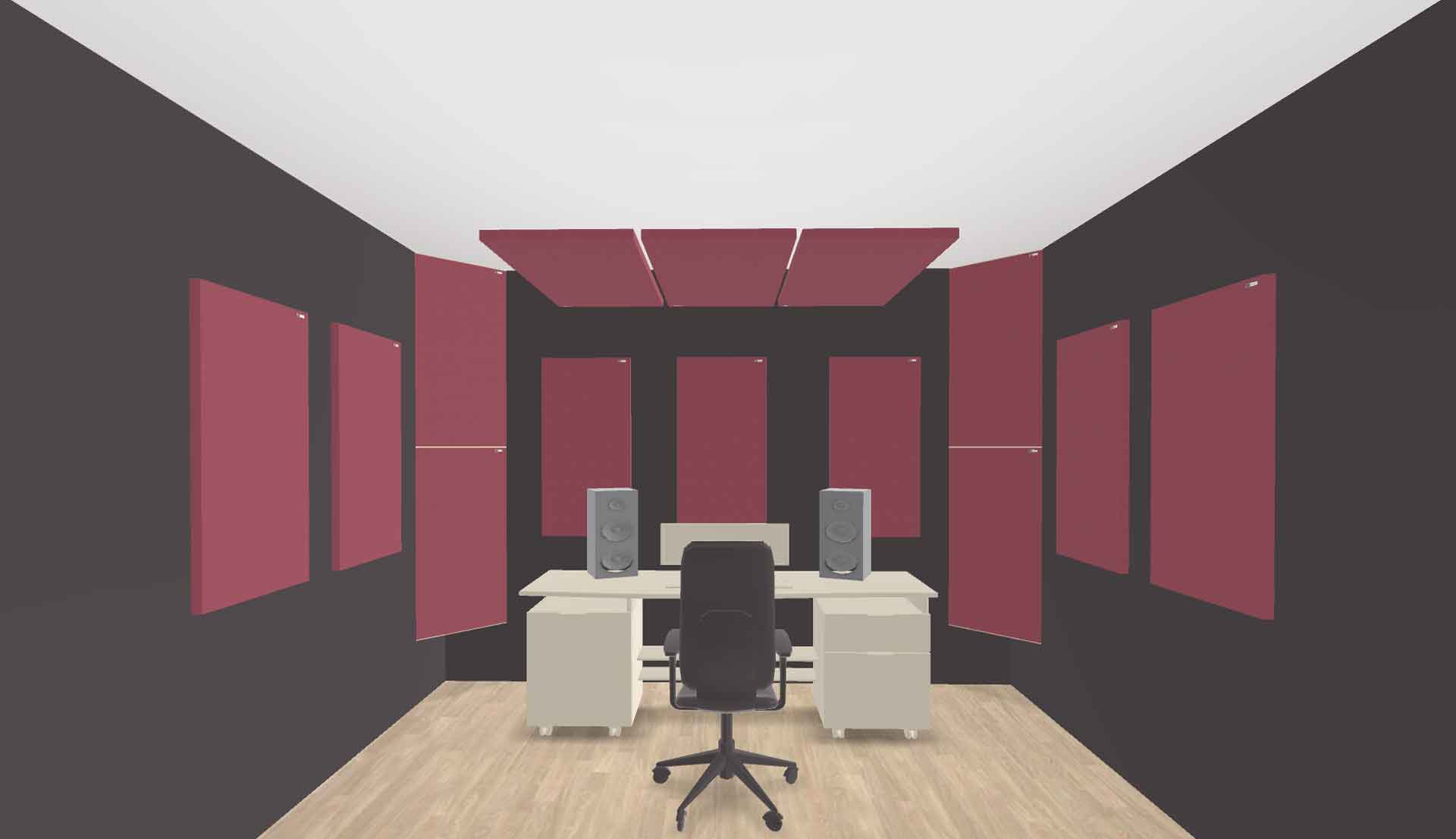Welcome to this blog post, where we will dive deep into the most popular topics about room acoustics and discuss the best ways to achieve a great-sounding room for your mixing needs.
We will cover early reflections, room modes, standing waves, how to correctly place monitors and the benefits of using acoustic panels for treatment.

Let's start talking about Early Reflections, which are sound waves that reflect off surfaces such as walls, ceilings, and floors before reaching the listener’s ears.
They introduced unwanted sound distortions from the direct sound coming from the speakers, creating a smeared sound image and a fake sound perception.
This can be avoided by using acoustic treatments such as diffusers and bass traps to absorb and diffuse these reflections or, as the last choice, foam panels.

The interaction of Sound Waves in a room causes Room Modes that consequently create the so-called Standing Waves.
Standing Waves are Points of Cancellation (or enhancement) we can't fix with any treatment.
Even though Standing Waves can be reduced by using bass traps and diffusers placed in specific positions in the listening room, it is strongly suggested to avoid placing the listening spot where standing waves are located in the listening room
So, when sound waves interact with the listening room walls, they produce Standing Waves, creating resonances that can cause low frequencies to become louder and cause the sound to become distorted and muddy.
The wrong acoustic perception of our room acoustic can lead to incorrect mixes unable to translate outside the studio.
That's why when you listen to your mix in your car (for example) the same mix that you feel good in your room, is horrible in your car.

Speaker placement is crucial to reduce distortion from early reflections and obtain a better stereo image in your listening spot.
When placing your monitors, you need to take into account different things:
1) Speakers are at the correct height
2) Speakers are at a proper distance from your ears and walls
3) Speakers are angled correctly
To obtain the best listening experience, in conjunction with a proper and efficient room acoustic treatment, speaker placement is undoubtedly an essential aspect to care about.

Finally, acoustic panels are a great way to reduce sound reflections and improve the sound of your room.
You can build your DIY acoustic panel with 4-6 inch thick Rockwool or rigid fiberglass and place them on the reflection points in your room. They will be your broadband absorption panels.
They can reduce background noise and absorb excess sound energy, making your room more transparent and balanced.
Thicker panels will work even better, and if you also have the space to leave an air gap between the panels and the wall, you will lower the minimum frequency the panel will be able to absorb
If you want to create great-sounding mixes, it is important to consider the acoustics of the room you are mixing in.
By treating and taming early reflections, room modes, and standing waves with proper acoustic treatment, you can create a space that is optimized for mixing which will help you get great-sounding results in less time with minimum effort.









